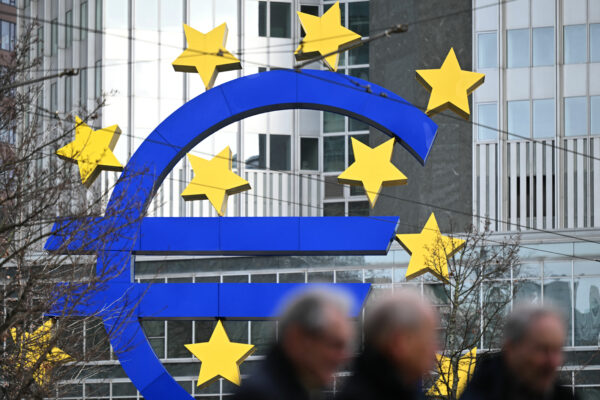European Rearmament Plans: National Policy Choices Will Shape Fiscal Impact

Relying on debt-funded military spending would weaken the credit outlooks of France and the UK, but the combination of limited fiscal flexibility and higher bond yields could encourage both governments to make the necessary budgetary adjustments. In addition, Germany’s fiscal stimulus could have favourable broader spillover effects on growth, which would help soften the permanent impact of increased European defence expenditure on public debt ratios.
Germany will rely predominantly on higher debt issuance to offset the decades of under-investment in its armed forces as the incoming administration secured a required two-thirds parliamentary majority to reform the constitutional debt brake. Robust public finances, anchored by a government debt-to-GDP ratio of 63% and a budget deficit of 2.0% of GDP in 2024, provide sufficient flexibility to finance large fiscal stimulus without significant tax hikes or spending cuts in other areas.
The UK is likely to finance higher defence spending through a mix of debt issuance and some budgetary adjustments, given its government debt burden of 100% of GDP and budget deficit of 5.8% of GDP as of 2024. The government’s comfortable majority in parliament could offer the flexibility to reduce non-defence expenditures.
Conversely, France faces limited capacity to absorb higher defence spending through additional debt issuance, given an already high government debt-to-GDP ratio of 113%. Despite a budget deficit of 5.8% of GDP, making other budgetary trade-offs is equally challenging due the country’s minority government, highly fragmented parliament and relatively high risk of further political instability.
Shifting Budget to Finance Higher Defence Spending
Increasing defence spending (Figure 1) towards a potentially revised NATO target of 3% of GDP by 2027 would mean that annual spending allocated to the armed forces increases to about EUR 95bn in France and the UK, and to above EUR 140bn in Germany.
This would represent an increase in defence spending averaging EUR 45bn a year through 2027 in Germany (0.9pp of GDP), which is expected to be almost exclusively covered by higher funding volumes, without material credit implications.
This article was originally published by a www.fxempire.com
Read it HERE






